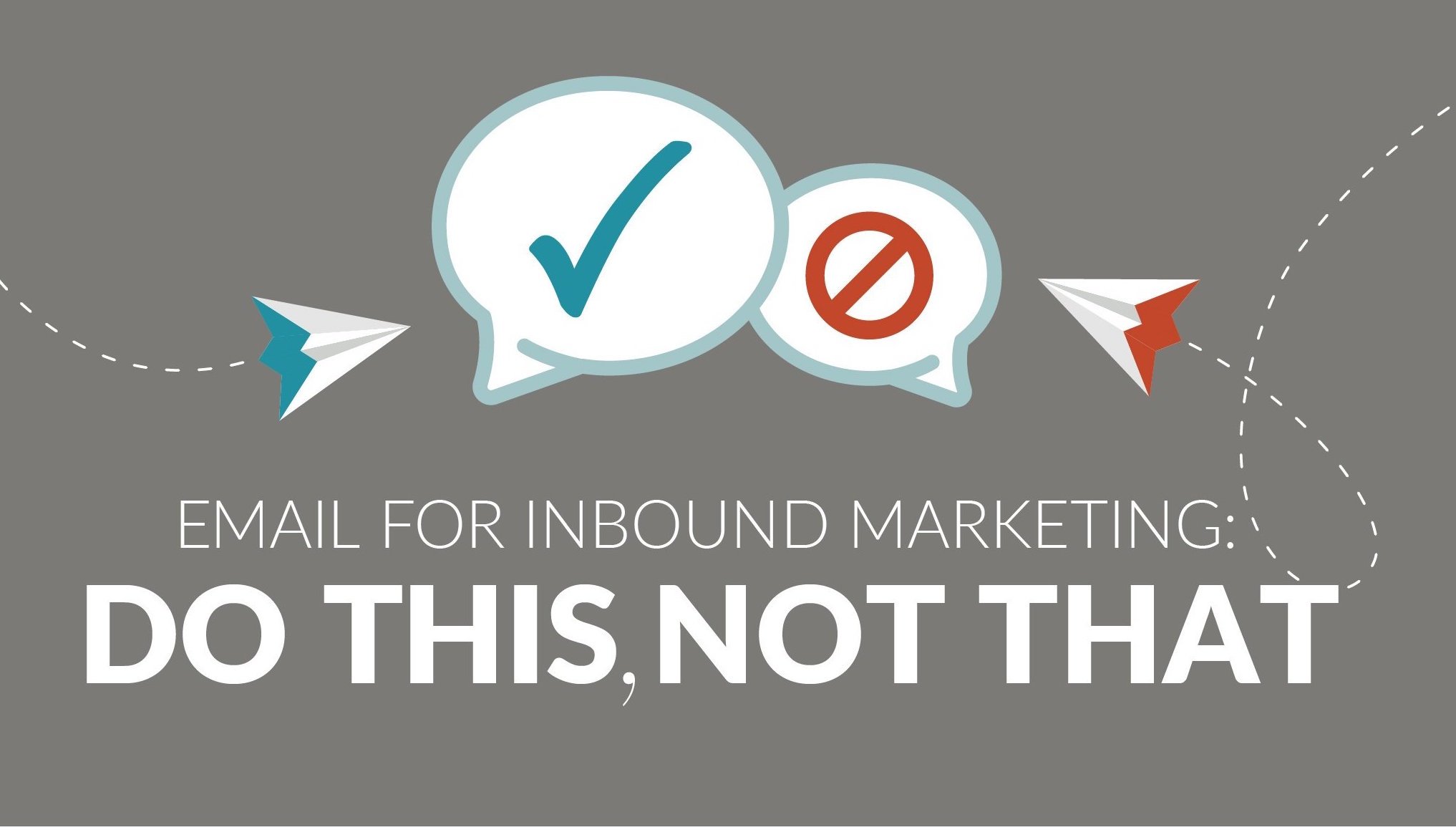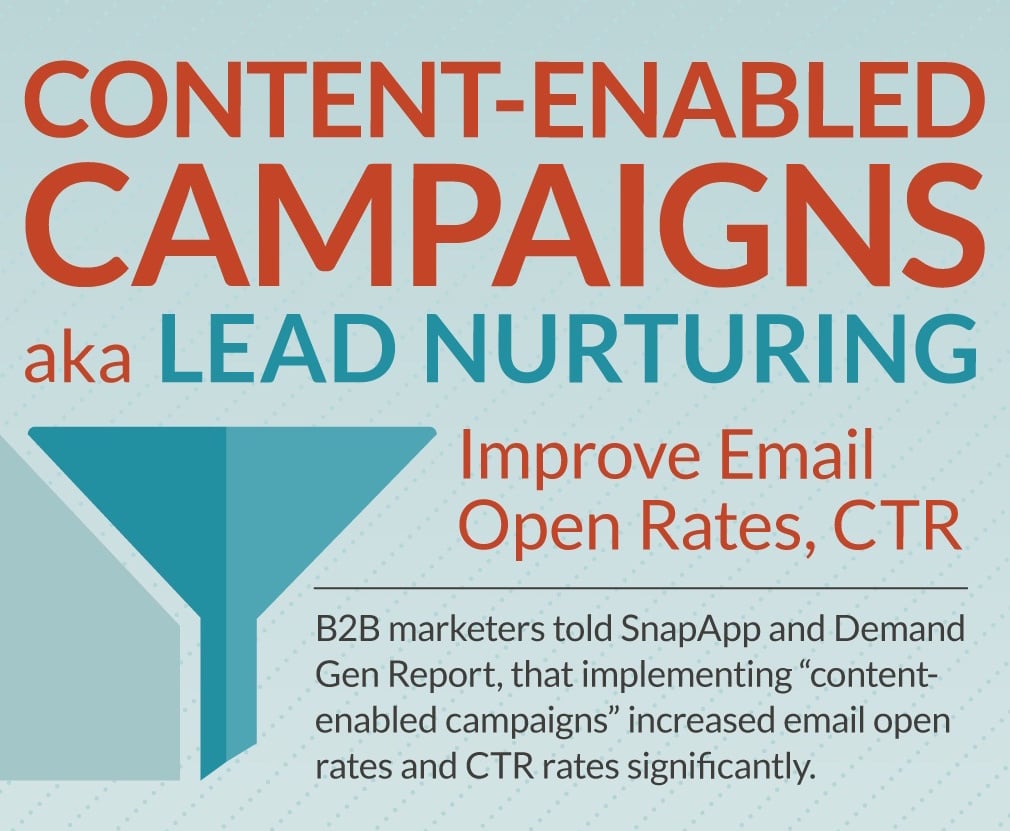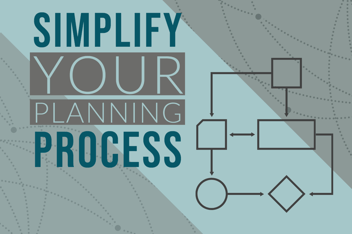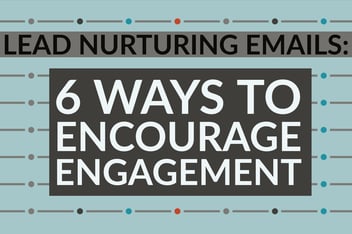5 Things You Need To Know About Inbound Lead Nurturing Campaigns

While the marketing blogs are overflowing with information about social media marketing, digital advertising, and content marketing, it can be harder to find resources that pin down the answers to questions specifically about lead nurturing — the automated series of emails used to deepen your business’s connection with the visitors who convert on your website.
With that in mind, I’ve put together the answers to five basic questions people ask about lead nurturing:
Who, what, when, why and how.
I’m going to take them a little out of order, though, because I think the most important question is “Why?”
1. Why would you create a lead nurturing email campaign?
If you are using content marketing and capturing leads on your website, the more puzzling question is why wouldn’t you create lead nurturing campaigns or workflows?
After all:
-
96 percent of visitors who come to your website aren’t ready to buy (yet).
-
48 percent of businesses say their leads require “long cycle” nurturing with many influence points.
-
Nurtured leads produce, on average, a 20 percent increase in sales opportunities vs. non-nurtured leads.
You should create lead nurturing campaigns because they improve the impact of your marketing content and effectiveness of your sales team.
(See more reasons you should use lead nurturing in the infographic here.)
Lead nurturing campaigns are an essential component of an overall marketing strategy focused on using content to bring leads to your website and shortening the sales cycle by sending only those who are ready and able to make a purchase decision on to the sales team. Lead nurturing a natural extension of a content marketing program, not a separate marketing program of its own.
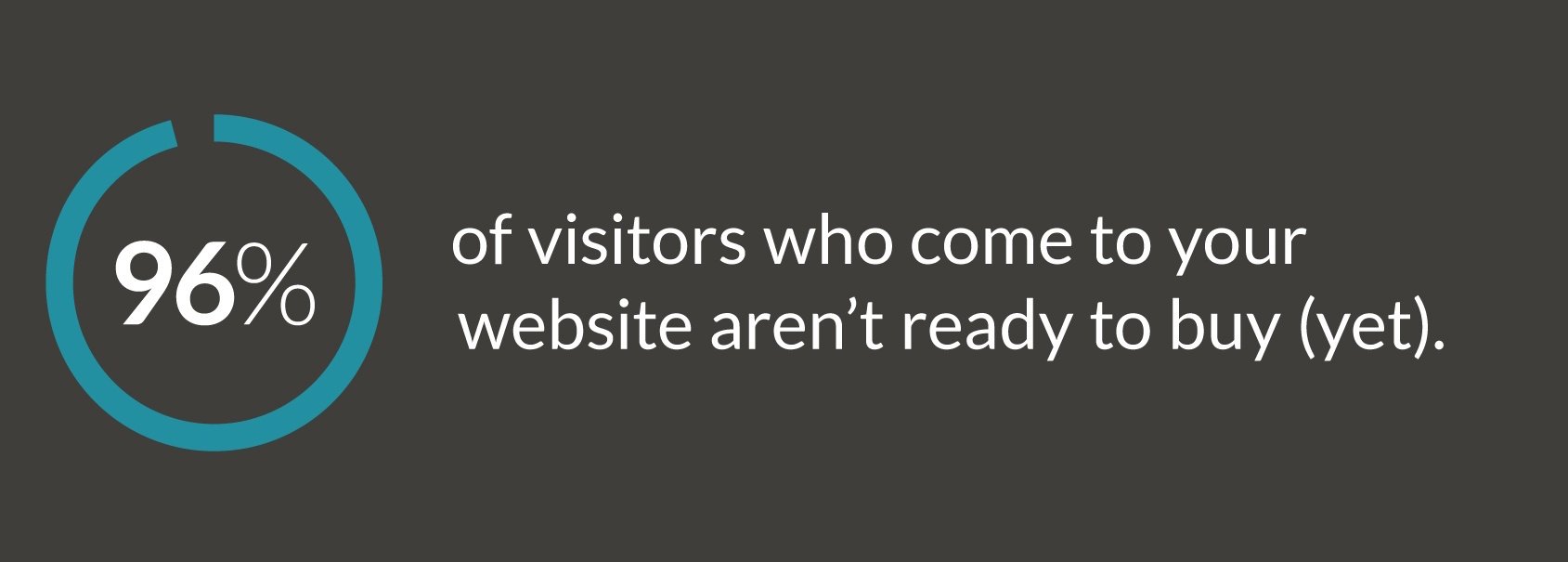
Given that most visitors to your site aren’t ready to make a purchase decision right now, it makes sense to develop a cascade of content designed to meet their needs at the time, whatever stage of the buyer’s journey they may be in.
Each inbound marketing campaign should be developed as a “full funnel” campaign, including marketing and public relations content that ranges from building awareness through providing the level of detail and testimonials needed for decision-making. A lead nurturing workflow is a natural extension of the campaign, linking its parts together with a series of emails offering relevant content to guide leads through the sales funnel.
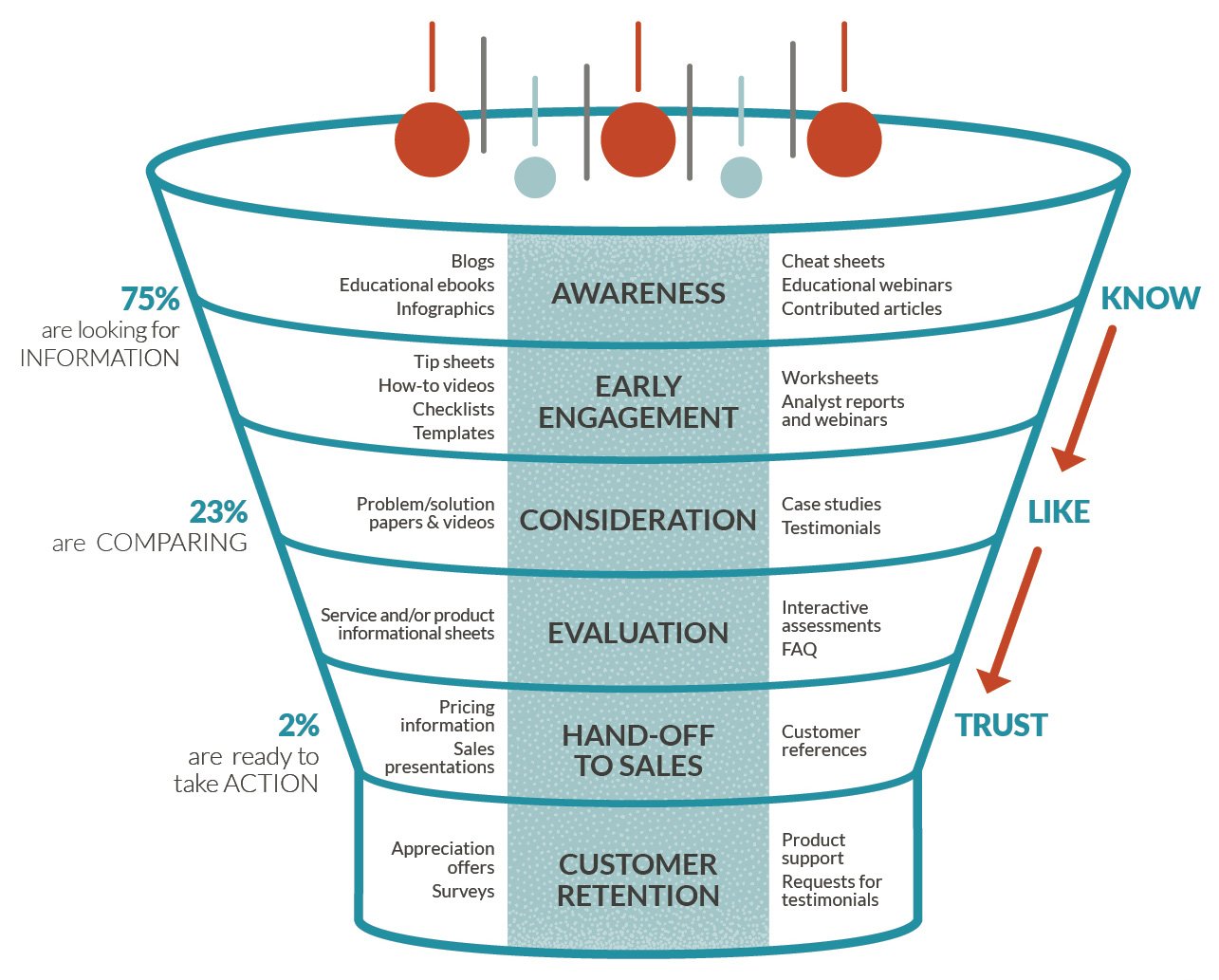
There are multiple ways to structure your lead nurturing workflows. Workflows can be very campaign specific, focusing tightly on a single campaign topic and/or customer persona, with the additional information offered tailored to fit that topic or campaign only. The benefits are that you are personalizing emails not only with information such as a name gathered from the landing page form, but also with topics you know the lead is interested in, based on their interaction with your website. You can even say “Because you downloaded our report on XYZ, I think you’ll find this calculator useful as a next step.” The downside to these types of workflows is that you will need to create one for every individual campaign and/or persona, and managing that many workflows can be cumbersome.
An alternative is to generate general workflows dictated by the lead’s position in the sales funnel, which is determined by the level of offer the lead converts on. For example, a whitepaper would probably be an awareness level offer, and would kick off a general workflow focused on getting the lead to access a consideration level offer such as a case study. When the lead downloads a case study, they would be transitioned into a new workflow designed to move them taking a decision-level action, such as requesting a demonstration. These general workflows, based primarily on stage of the sales funnel, can be used with multiple campaign topics if they are crafted carefully and still include personalization as much as possible.
Every marketing campaign you create should have or be assigned a lead nurturing workflow.
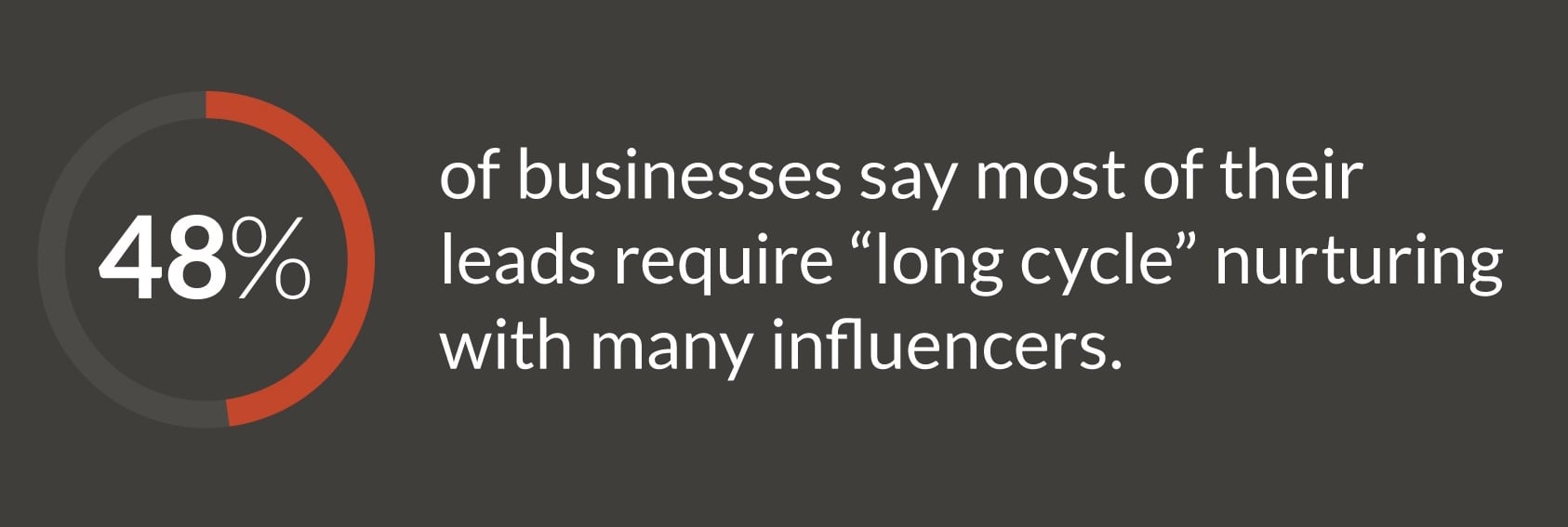
With the above statistic in mind (which is based on B2B marketing surveys), it is obvious why lead nurturing workflows are needed to continually offer leads quality content that answers their questions and speaks to their pain points, in order to continue to keep them engaged during a long sales cycle.
Workflows can also be developed with the goal of re-engaging leads who have received all of the emails in a previous workflow without reaching the goal and/or those who have not visited the website in a set amount of time. Again, the eventual goal of the workflow is to move the lead to the next stage in the sales funnel. When the goal of the final workflow is achieved—the one that shows the lead meets the criteria you have defined as being a marketing qualified lead — the lead is transitioned to sales.
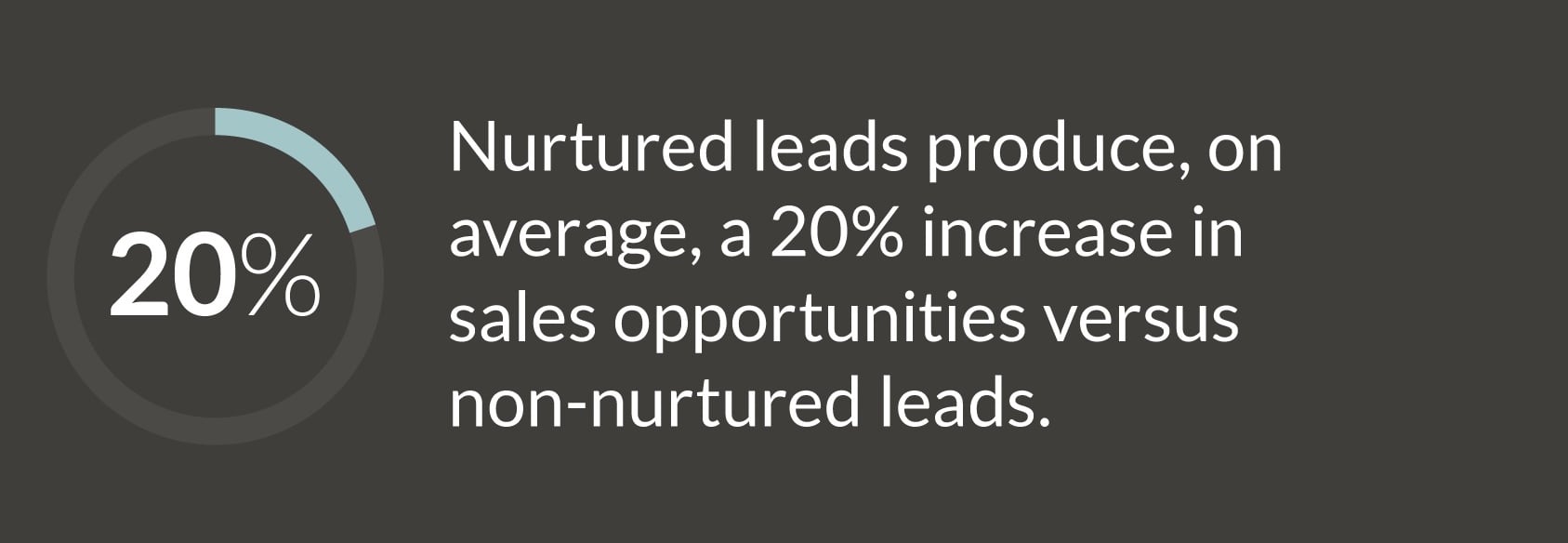
Two of the key reasons behind the greater success of sales in closing deals with nurtured leads are:
-
Only qualified leads are sent on to sales, so the sales team spends less time chasing down leads that will never buy anyway.
-
Customer profiles built through the lead nurturing process help sales quickly identify the lead’s needs and develop a rapport.
With automated lead nurturing and closed loop marketing, your sales team can see what actions the lead has taken on your website, what inbound offers have been downloaded, what blog posts have been read. And they also have access to the information gathered through the use of progressive forms on landing pages for those offers, which can provide useful background information about the lead such as job title, industry, and more.
Lead nurturing improves the quality of leads sent to sales.
2. What content should you create for a lead nurturing campaign?
This question is little too broad to completely answer in a small section of a single blog post, but I want to point out the most important guidelines for determining what specific content you should include in your content marketing and lead nurturing campaigns.
1. Content strategies should focus on overall corporate goals.
Why corporate goals? Because sometimes the true drivers of revenue and success for a company may not be the most obvious products. Let’s take one of my first big tech clients as an example, from the days when I worked for Porter Novelli. HP is known for its laptops and printers — that’s where the technology innovations are. Those are the higher dollar purchases. But, the biggest, most steady revenue stream wasn’t from selling laptops and printers. It was from selling ink. That’s why my job as a PR agency rep for HP was to highlight what made HP’s ink better than the off-brands flooding the market. I had to make ink interesting. (Here’s how we did it: If You’re Curious, You Can Make Anything Interesting.)
2. Content topics should be driven by buyer personas/customer pain points.
Every one of your customer personas has unique problems, needs and motivations, so you may need to develop different approaches to each topic for different buyer personas. (Need a primer on developing personas? Download it here.)
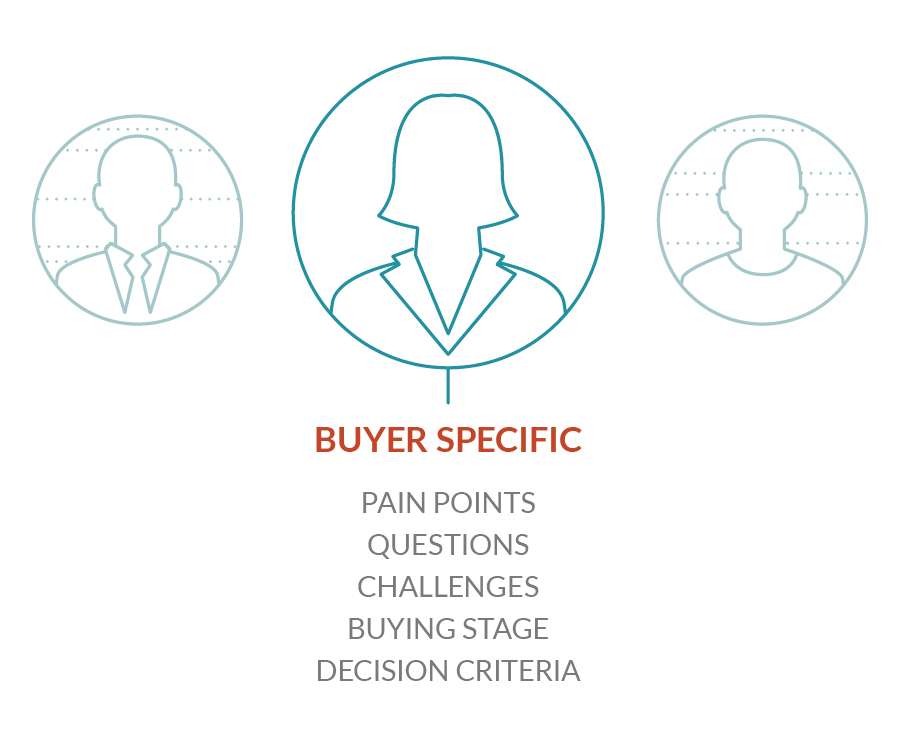
Let’s look at the perfect example from one of our previous clients. AccuReg offers registration software for healthcare facilities. In developing a rebranding proposal for AccuReg, we realized that their previous approach had focused on one target audience, but it wasn’t the audience with the authority to make decisions.
Their original approach had focused on selling the benefits of easy-to-use software to hospital registrars, whose direct staff would be the end users; however, the registrars were at best influencers, but not decision-makers in choosing a solution. Instead, we recommended that AccuReg focus its content toward the hospital CFOs who would likely be making the final purchase decision, who were focused on delivering revenue results and ROI. Different buyer persona, different pain points, different approach to developing content. (Download the full case study on our rebranding and target customer persona proposal here for more details.)
3. Content should be created for all stages of the sales funnel, including multiple formats to cover varying preferences for gathering information and making decisions.
Under question #1 above, I mention how a lead nurturing workflow needs to include content for all stages of the sales funnel. I can’t emphasize that enough. You need awareness content — such as social media updates and blog posts — for those prospects just getting to know you. You need early engagement content such as webinars, templates or checklists that provide some solutions to leads’ problems. You need consideration content such as case studies that show how your solution works in real life. You need decision level content, such as product comparison guides or free trials for leads who are comparing options and nearly ready to make a purchase. And you need sales enablement content, such as presentations and call scripts to help sales close the deal after leads graduate from your workflow to a direct contact.
Each piece of content should support the rest in complete full-funnel campaigns, and your content should be developed in a variety of formats, from bylined articles in industry publications to blog posts, reports, infographics and videos. By creating your content as full-funnel campaigns, you can capitalize on the power of repurposing to use the same material in multiple ways to reach the widest swath possible of your target audience. Videos can be shared in blog posts and on social media. Infographics can be turned into slide decks and videos. A single topic abstract can be used to spur the creation of a whitepaper, a contributed article, and multiple blog posts.
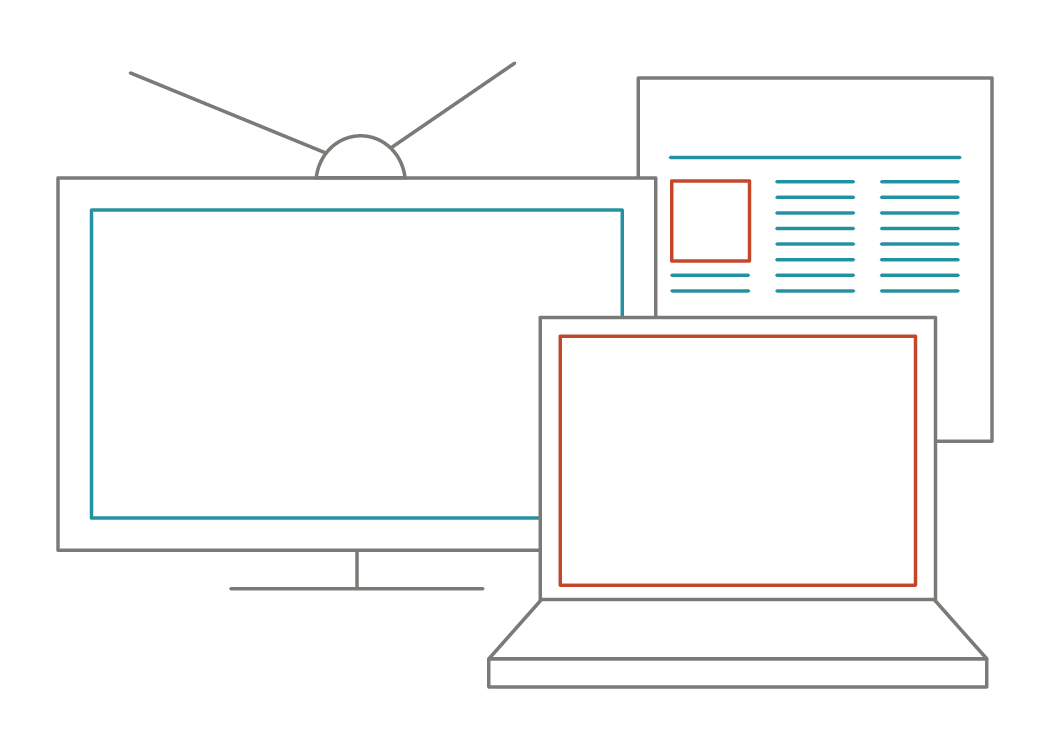
It should all be be created with lead nurturing in mind from the beginning, with each piece of content targeted to a specific persona and stage of the sales funnel. When you develop your content strategy correctly, lead nurturing follows naturally.
3. Who should create your lead nurturing content?
Whether you choose in-house, freelance or agency content creators, my advice is this: Find people who are great at creating content, and give them the resources to do it well.
That means that if you are using in-house staff, you identify the best writers and have them focus on writing. Don’t overload them with details like scheduling blog posts and social media updates or pull them into unnecessary meetings. Let them do what they do well, because great content is essential.
If you are hiring freelancers to create content, do your research. Ask for plenty of samples and referrals, and follow up on the referrals. If you don’t have time or an inclination to do a lot of editing, make sure you are comfortable with the experience and expertise of the people you hire.
The same advice applies to choosing an agency for your content creation. One question you should always ask an agency: Who will actually be writing our content? Will it be your “A Squad” or a junior staffer? Who will be editing the copy before it comes to us? (Read this blog post for 7 tips on making the most of an agency-client partnership for content marketing or take this quiz to assess the quality of your current agency’s work.)
Remember that your lead nurturing emails and landing pages for offers are also key parts of your content creation. They need to be created with the same care as the blog posts, whitepapers, videos and bylined articles.
The bottom line is this: Content should be created by great writers and designers. Whether in-house or outsourced, quality comes from hiring great people with talent and experience.
4. When should you schedule each new lead nurturing email to be sent?
Most lead nurturing workflows should include a combination of triggers.
In initially setting up the workflow, timing between emails should reflect buying behavior and the type of buyers’ journey typical for the product or service being marketed. Items with a shorter buying cycle (say, a retail item like a pair of jeans) would include fewer emails spaced closely together, as that type of decision is typically made quickly. But in a B2B environment where a buying decision may take months of research, emails should be spaced out, providing incremental information and maintaining a connection with leads, without overwhelming them with too many emails immediately, which could cause them to unsubscribe or mark your emails as spam.
User behavior should also be set to trigger changes in the workflow, most notably by shifting leads from one workflow to the next, or from a workflow to direct sales contact when they perform the goal of the workflow (e.g., download a case study or request a demonstration). In other words, if the lead immediately takes the action that is the goal of the workflow, they would skip other emails in the series and be shifted to the next level immediately.
(Use our Lead Nurturing Workflow Template to plot out each email in a workflow, including the timing between emails in the series.)
5. How can you optimize lead nurturing emails for conversion?
Many of the same best practices used for any email marketing campaign apply to lead nurturing emails as well. We’ve outlined the basics of email dos and don’ts in a post and infographic on our blog, but below you will find seven key tips to remember.
Here you go:
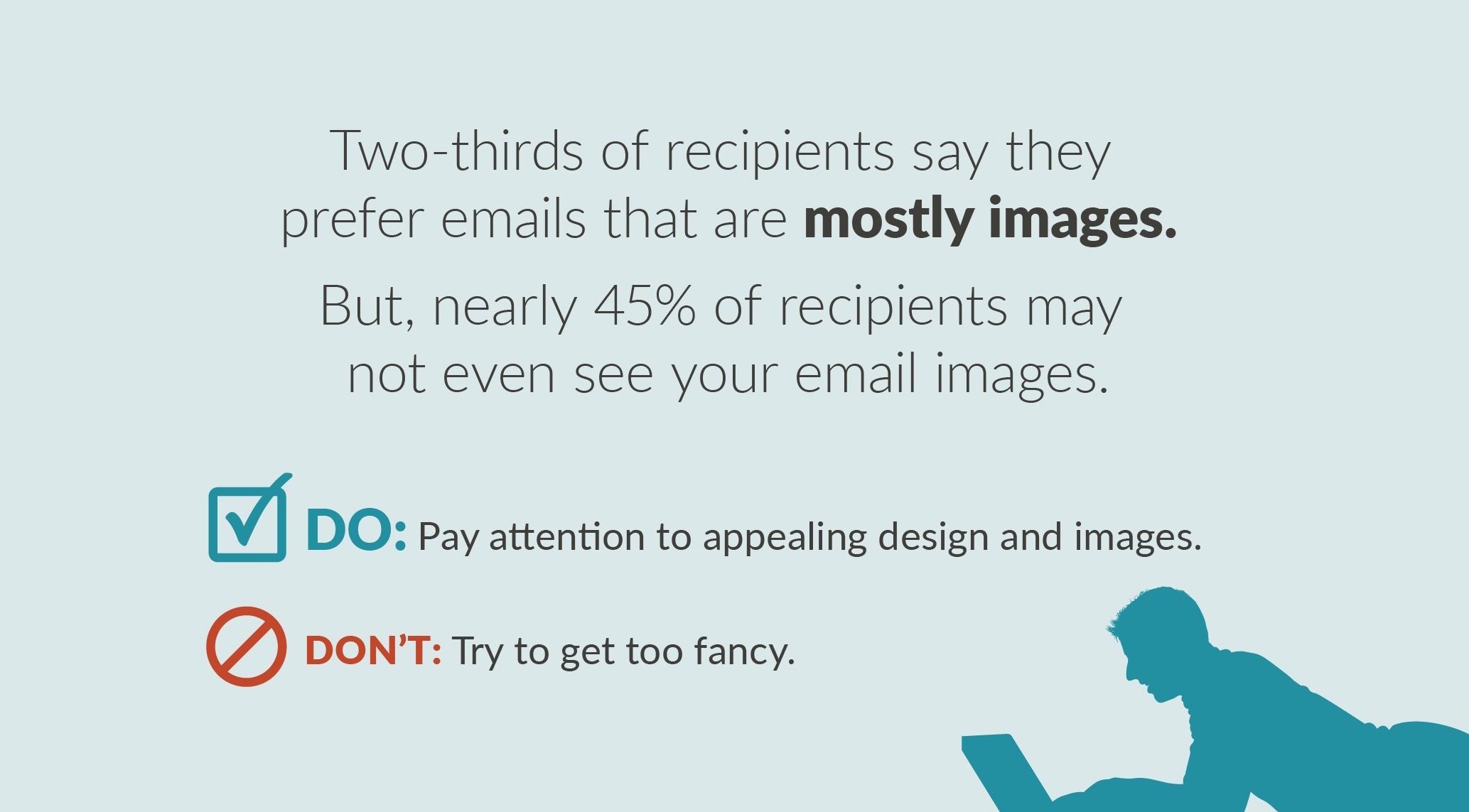
1. Use images, but be conservative. Observational data from HubSpot has found that the CTR on emails actually drops as more images are added. And some business users or companies may block images to reduce spam.
2. Use a simple template, and keep the width under 600 pixels, which makes it viewable in a vertical preview plane and on mobile devices.
3. Create a plain-text version of your email for those browsers, email clients and mobile devices that can’t handle HTML. Your plain-text version should use the same copy as the HTML version, but be sure to use all-caps for headers, as formatting elements such as boldface, italics and colors won’t display in plain text.
4. Avoid JavaScript, flash, and embedded videos as they may not render correctly. Similarly, avoid background images.
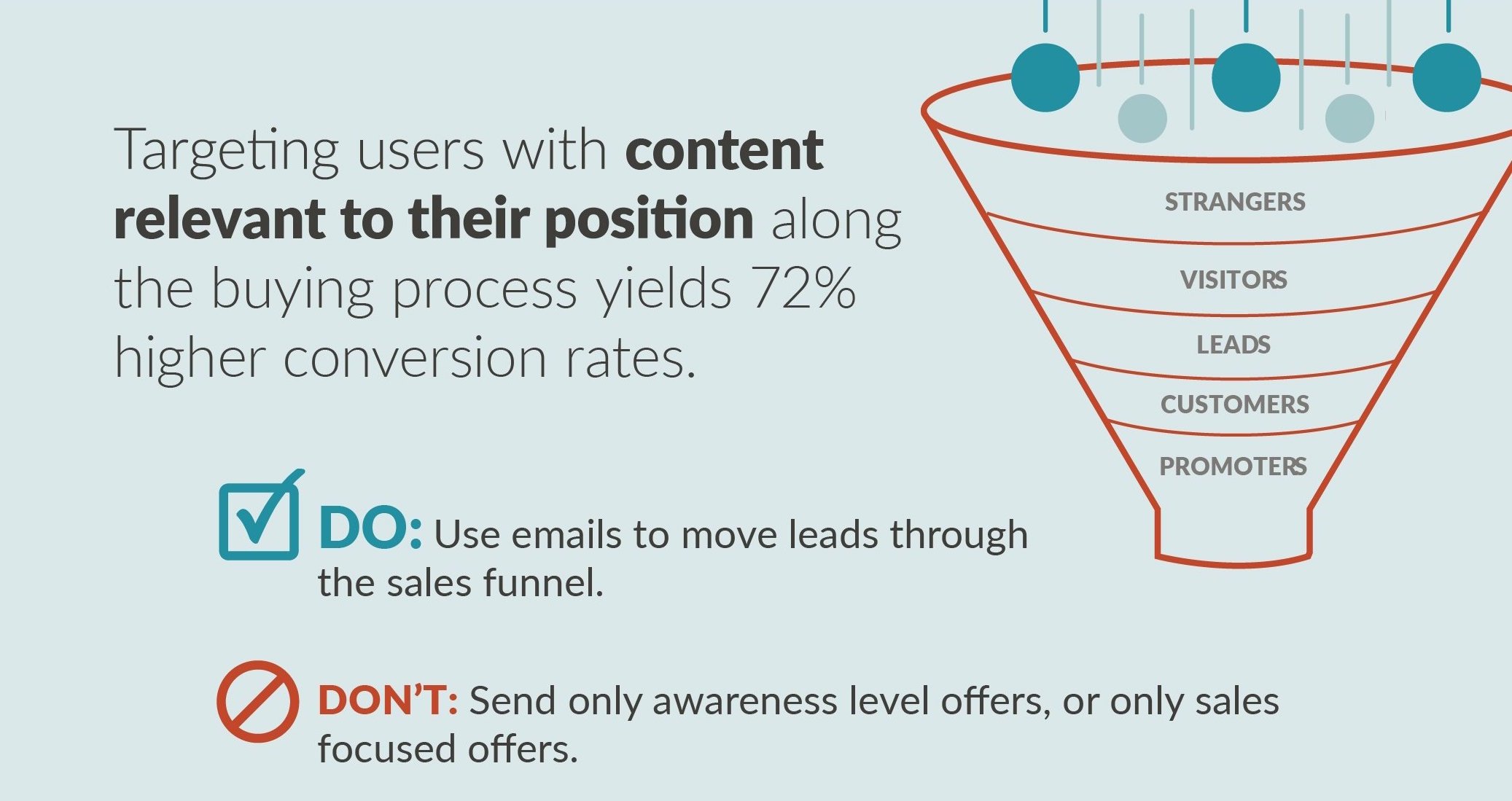
5. Don’t just sell. Use lead nurturing emails to offer usable content that is relevant to the buyer’s journey and stage in the sales funnel.
6. Personalize emails with the recipient’s name.
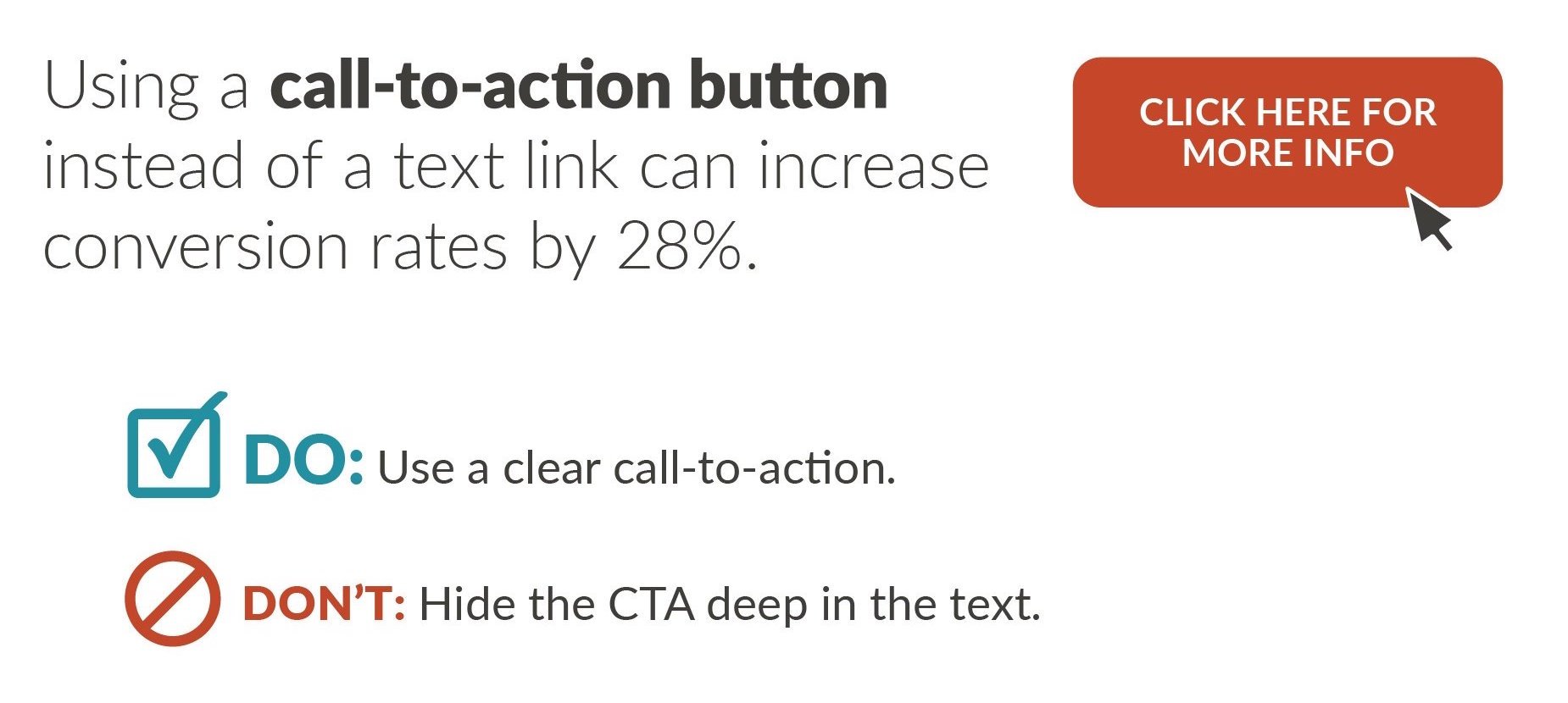
7. Use a call-to-action button (rather than just text links) to bring leads back to your website, and don’t hide it at the bottom of the email.
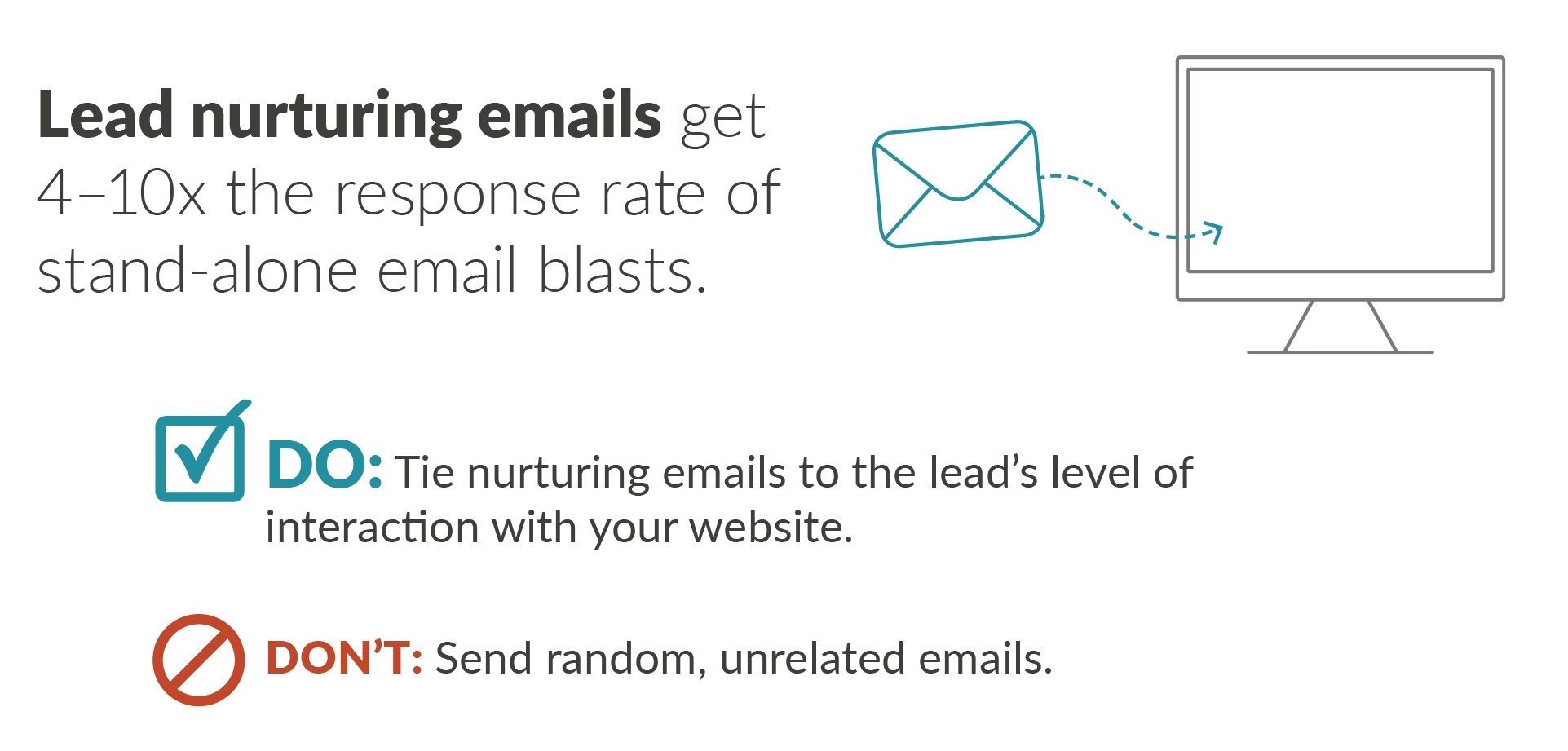
Why, what, who, when and how — these are five of the basic questions our readers and clients ask about using automated lead nurturing campaigns to improve their ability to drive website traffic, lead generation and sales. What other questions do you have about lead nurturing?
You’ll find more than 60 blog posts, including a tutorial on how to use our Lead Nurturing Workflow Template here on our blog, plus nearly a dozen lead nurturing oriented resources in the Inbound Marketing Learning Library. What more could you want?
How about just a few more reasons you should make lead nurturing a natural extension of your content marketing strategy? Check out the survey results in this post:
Then schedule a no-obligation consultation with me to learn more about how lead nurturing can work for you.
-1.png?width=1652&height=294&name=Jones(RGB)-1.png)


